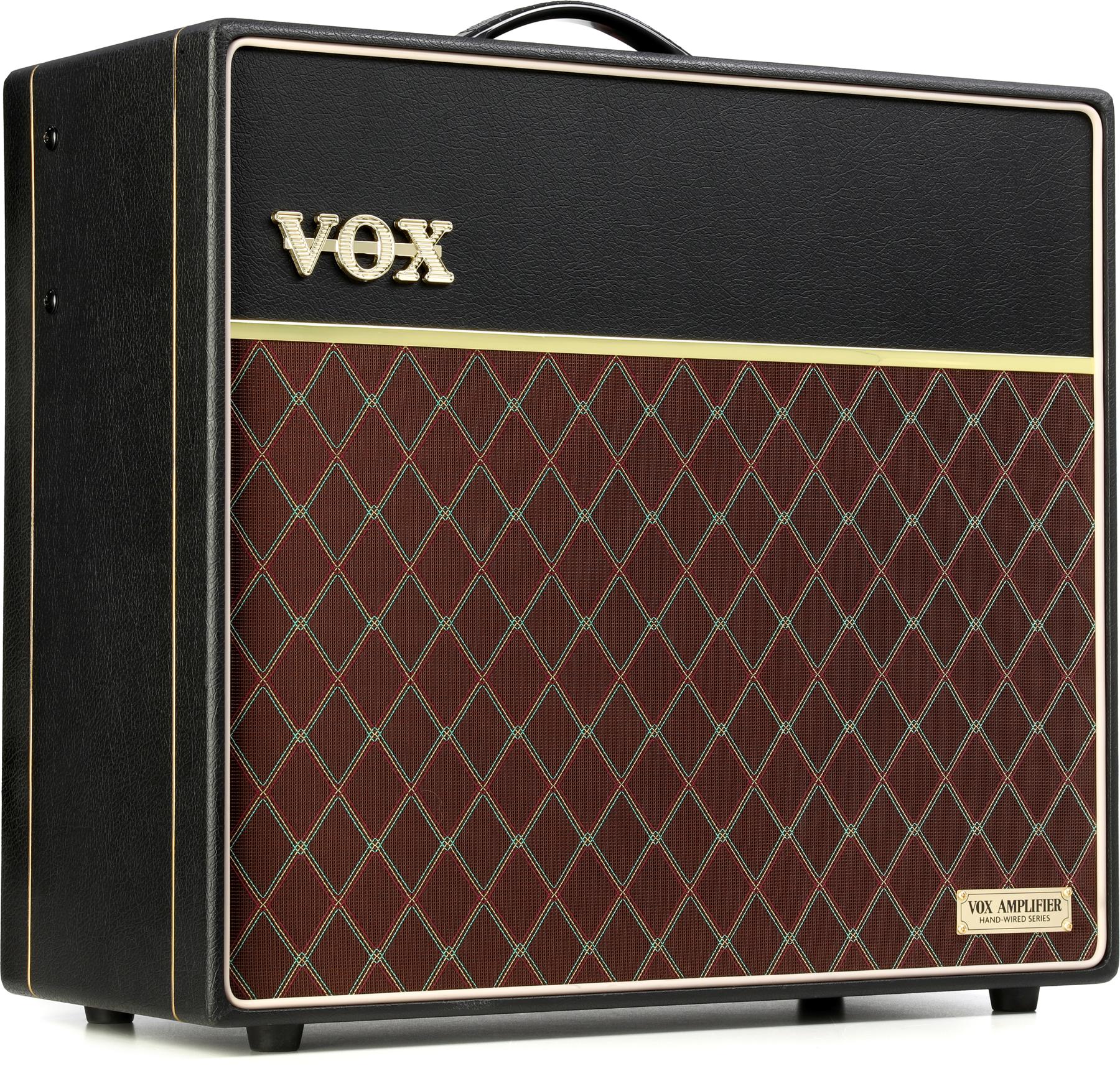I fall in and out of love with compressors all the time. It’s a relationship that’s fickle—even downright dysfunctional at times. From one night to another, I might be down on my knees, thanking my comp for saving my life and my sloppy picking performance. The next, I’ll curse the ways it strips my sound of its spirit and fire. The morning after is always awkward. Sorry, compressor—it’s not you, it’s me.
The magic of Keeley’s Compressor is its easy and agreeable nature. It may not be the most extreme compressor in the world or the most versatile. But it walks the razor-thin line between transparent and potent with aplomb and sounds alive without being overbearing or oppressive.
Latest in Line
That Keeley’s Compressor Mini does so much with so little is no surprise. Robert Keeley’s little pedal empire was built on excellent modifications of the legendary Ross compressor, and his flagship eponymous Compressor remains one of the gold standards in the business. In a way, the Mini is a return to the original Keeley Compressor’s roots.
While early Keeley comps were simple two-knob devices, the basic Keeley Compressor has since evolved into the Compressor Plus—a four-knob stomp with controls for tone, wet/dry blend, and a release time switch that compensates for the discrepancies in output from single coils and humbuckers. The Mini, however, has just output level and compression threshold knobs—leaving the attack, release, and ratio up to Robert Keeley’s discretion. Thankfully, he has a knack for knowing how to set those parameters just right. Keeley also designed the circuit to be especially lively for a comp with so few controls. For one thing, the Compressor Mini uses parallel compression, which allows dry signal to pass before summing at the output, adding detail and presence to softer playing while louder transients are squished more aggressively. There’s also a tone-recovery section which compensates for the high end lost in heavily compressed signals. The pedal sounds more balanced and alive for its inclusion.
There are lots of near-clean boost colors that add meat to jangly tones without sullying the chime.
Boost and Squish
If you’ve had much experience with compressors, particularly vintage pedal comps, you know they can add a fair bit of noise. The Compressor Mini, however, is almost startlingly quiet. Even at the highest preamp gain and threshold levels, the Keeley adds little perceptible hiss. The low noise floor makes it easier to use the level control aggressively, and at minimum threshold levels, the Keeley is a great near-clean boost. Unity gain generally occurs at around 30-40 percent of the level knob’s range. And there are lots of near-clean boost colors that add meat to jangly tones without sullying the chime. (Rickenbacker and Telecaster players take note!) Humbucker players, too, will enjoy the extra headroom in the level control. Most settings north of noon lend a fat but tasteful bump in the low-mid zone that make the preamp sound extra sweet, muscular, and growly.
The compression effect itself is a delight. Your alignment with the sound of Ross and Dyna Comp-style compression will probably determine how well you relate to the Keeley’s fundamental voice. And in spite of the extra top end generated by the tone-recovery circuit and parallel compression scheme, you still hear perceptible squish. Modern compressor users that have grown accustomed to wet/dry blends and other fine-sculpting niceties might find that squish confining. But players less affected by the limitations of old-school pedal compression may hear the Compressor Mini’s sustained and ringing tones as thrilling. The extra weight and warm sustain that even modest level and compression threshold levels add to thin first-string output is significant. And it does a cracking job of highlighting string detail in complex chords. For lots of players in many musical situations, such qualities will be well worth any tradeoff in dynamics.
The Verdict
The Mini Compressor’s size and outward simplicity belie the complexity of what’s going on inside. The preamp alone sounds lovely and generates killer boost tones. But the compression is very nuanced for a stompbox comp lacking wet/dry blend and tone controls. In traditional pedal-compression settings, like country picking and Byrds-style jangle, it excels. And its low noise floor makes it an ideal pairing for high-gain pedals in need of smoothing or busy pedalboards with lots of noisy gain stages. At just 20 bucks less than the Compressor Plus, some players may want to pop for the bigger, more feature-rich alternative. But $129 is still a great deal. And if small size and the joy of setting and forgetting are priorities, the Compressor Mini is a value that’s tough to beat.





















